


















 Book a service
Book a service

14/02/2025 • by James Didlock
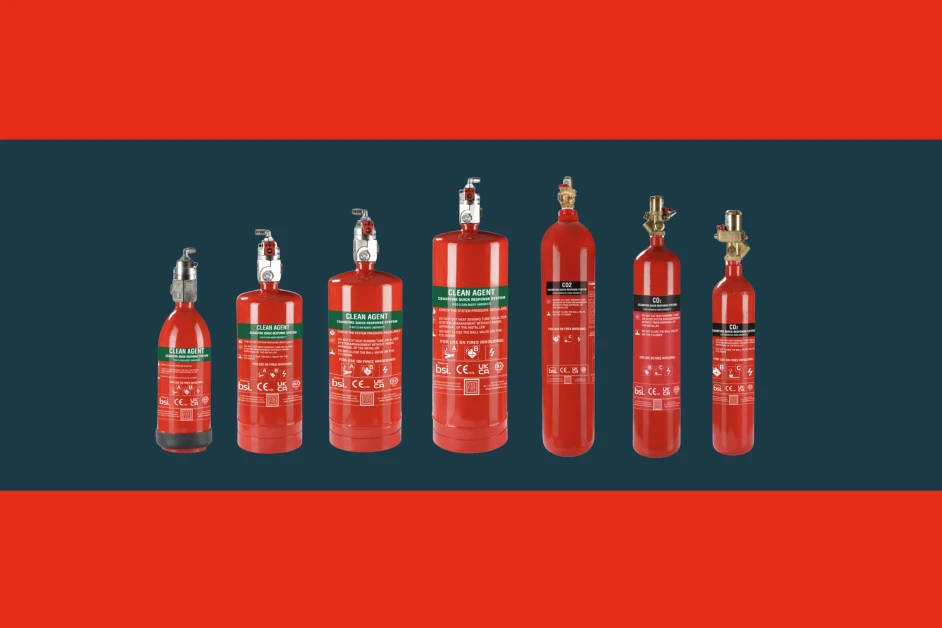
Companies have a legal responsibility to ensure lasting fire safety in the workplace. Part of this responsibility involves investing in fire safety equipment that will protect all areas of a premises. While most open, high-traffic environments can be safeguarded with manual fire extinguishers, other areas present unique challenges.
Micro-environments, such as server racks, are low-traffic enclosed spaces that cannot be easily accessed. A fire could remain hidden until it escalates into an uncontrollable danger. Automatic fire extinguishers can eliminate the unpredictability associated with these challenging environments. However, for total fire safety, tube-based suppression systems detect and suppress fires even before they fully develop.
This blog will break down what a tube-based suppression system is, how it works, where in your premises would benefit from a tube-based system and the many benefits it can create for your fire suppression. The blog will also detail the difference between the two variants of the tube-based suppression system: Direct and indirect.
A fully autonomous fire detection and suppression system.
Automatic fire extinguishers are the reliable, faster-acting choice to fire suppression. Autonomous fire safety removes the risk of manual equipment failing during an emergency. It also streamlines the fire suppression process.
Unlike manually activated extinguishers, which require fire threats to develop enough to be detected by humans (and potentially cause damage), the system is constantly in a state of readiness. Once the system’s unique heat-sensitive tubes are installed into the micro-environment, they are attached to an extinguishing agent to create a network of fire suppression. As soon as the fire threat begins to develop, the system will activate to extinguish the fire at the source.
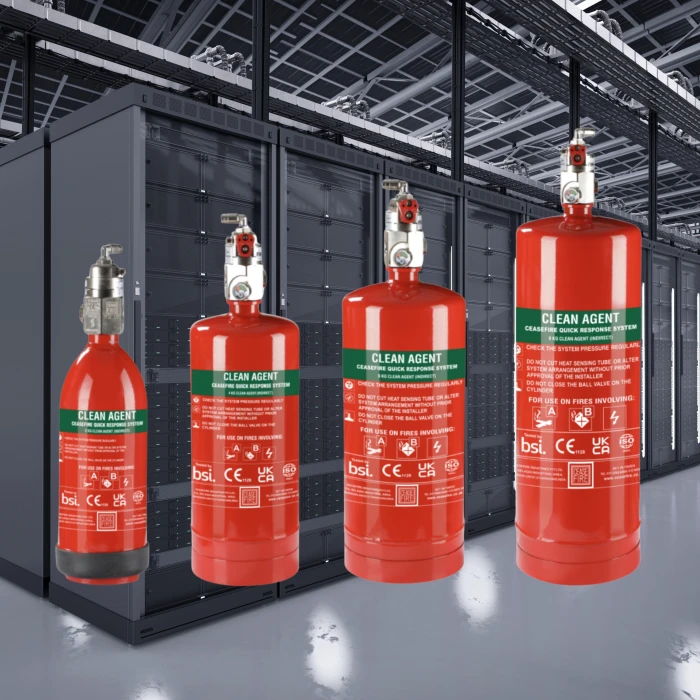
Tube-based suppression systems work by connecting the heat-sensitive polymer tubing with the extinguishing agent container. One end of the tubing is securely attached to the agent container, while the other is positioned within the micro-environment, to strategically cover high-risk ignition points.
As a fire develops in the enclosed space, rising temperatures heat the tubing. When the tubing reaches a temperature between 150-180 °C, it ruptures precisely at the hottest point, creating a miniature nozzle. This triggers the pneumatic mechanism, activating the extinguisher valve to release the agent through the tube and directly onto the flame. The fire is extinguished instantly at the source.
The flexibility of the tubes allows them to fit seamlessly into the space, creating maximum scope of fire suppression and ensuring a rapid and effective response to fire incidents.
The tube-based suppression system is ideal for enclosed micro-environments where an electrical fire threat could occur but go on burning unnoticed.
Tube-based suppression systems benefit electrical micro-environments that are enclosed or rarely accessed.
Electrical fires are one of the most common causes of fire. Electrical fires occur in generators, electrical panels, server racks and other electrical environments. A short-circuiting fuse or loose, sparking wire can suddenly ignite. The fire risk is heightened by these environments being hidden and rarely accessed, allowing fires to burn unnoticed and cause further damage. Automatic fire extinguishers provide an ideal solution for protecting these vulnerable areas.
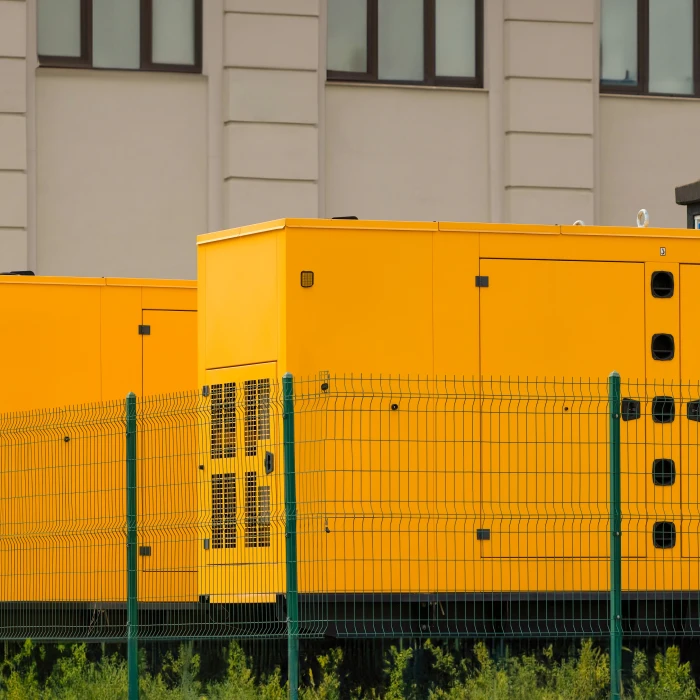
There are two prime variants of the tube-based suppression system: Direct and indirect.
The main difference between these two variants is the purpose of the heat-sensitive tubing. Although both variants provide excellent fire protection, there are some unique differences which alter when and where they are best used.
The direct system is designed for micro-environments which need fires to be directly targeted.
The direct system uses its heat-sensitive tubing as a system for delivering the extinguishing agent to the affected area. As the fire heats the localised area, the tubing detects the sudden increase in temperature. The tubing then bursts exactly where the fire is detected to form a miniature nozzle that sprays the extinguishing agent. This creates intelligent, sensitive heat detection and suppression.
The direct system is ideal for enclosed environments like server racks as it continuously monitors this hidden area and can activate instantly without human intervention. The direct system is available in low-pressure and high-pressure systems.
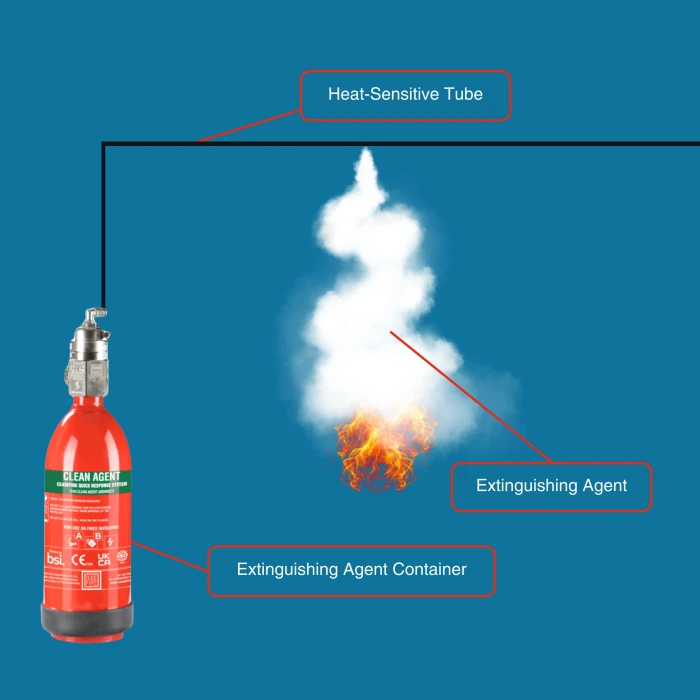
The indirect system is best suited to larger environments where there is a risk of fires igniting at various points.
The indirect system uses the heat-sensitive tubing solely as a detection device. Unlike the direct system, the extinguishing agent is not released through a burst area of the tubing. Instead, the extinguishing agent is released through a steel conduit. Once released, the extinguishing agent is sprayed across the entire affected area via strategically positioned nozzles.
The indirect system is ideal for large areas such as a large electrical cabinet as it enables the extinguishing agents to be doused evenly across the affected area. The indirect system is also available in low-pressure and high-pressure systems.
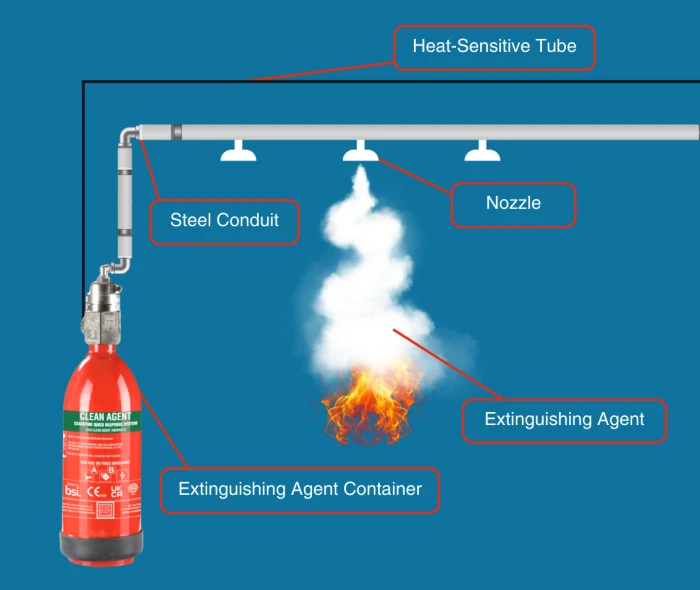
Tube-based suppression systems provide reliable, long-lasting fire safety to environments which can easily be overlooked.
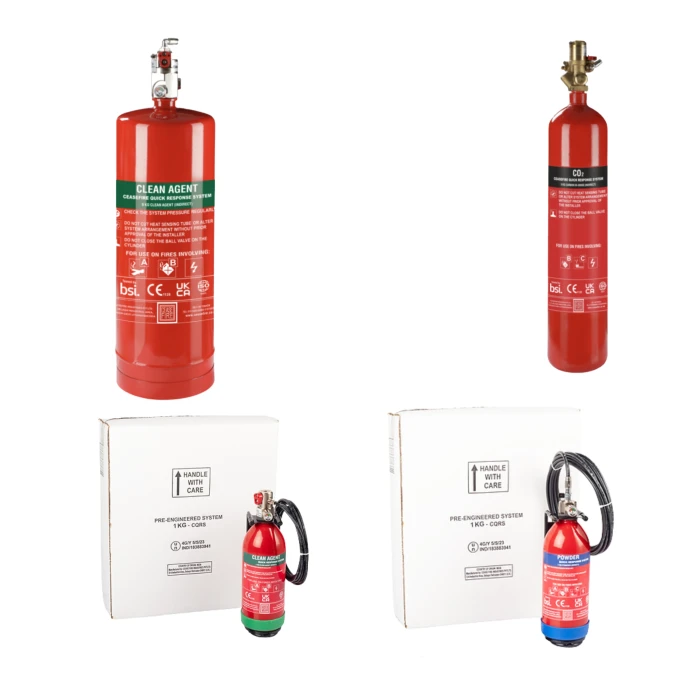
From ABC MAP90 Powder, Fluoroketone (FK) to Foam (Fluorine Free) and CO2, the system can be tailored to suit the needs of the affected area. The range of extinguishing agents makes the system versatile against a range of fire classes and enables it to be applied to many spaces.
The wide range of extinguishing agents available allows the system to be tailored to combat several classes of fire. The tube-based suppression system can adapt to fight Class A, B, C and Electrical Fires.
Autonomous fire protection gives companies control over environments that cannot be protected with manual fire equipment. The tube-based suppression system is constantly ready to activate. Whenever, if ever, a fire occurs, the system is ready to combat the danger.
Installing fire equipment should make life easier. However, lengthy installations slow down crucial business operations and can become an intrusive hazard that takes up precious space. The tube-based suppression system’s simple design removes these risks. Instead, the system has streamlined its installation. The system can be fully installed and ready to defend in a matter of hours, significantly reducing labour costs and downtime.
Micro-environments can pose a unique fire threat. Particularly as they may be hidden and easily forgotten about until it is too late. The flexible tubing of the tube-based suppression systems enables fire protection to reach these difficult-to-access areas, which may otherwise remain unprotected.
Fire extinguishers are often exposed to harsh environments, which can gradually lead to wear and tear. Over time, this deterioration can cause their features to fail, meaning the equipment may fail when it’s most needed. In contrast, the rugged design of the tube-based suppression system is designed to endure these challenging conditions. This ensures both the reliability of your equipment and the safety it provides.
The tube-based suppression system operates independently without a power source. The fire safety system will continue to offer protection normally, even during a power outage.
The system runs smoothly and non-invasively through servers, generators and electrical panels. The system is fully autonomous, enabling it to respond to developing danger directly and instantaneously without human intervention. For difficult-to-access environments with low traffic, the tube-based suppression system creates a swift and comprehensive fire safety solution.
Tube-Based Suppression Systems are innovative fire safety simplified.
Fire Protection Shop recognises the challenges businesses face in safeguarding their premises. Constantly monitoring difficult-to-access spaces for fire risks is impractical, and relying on manually activated equipment can be both ineffective and costly. The tube-based suppression system was designed to provide an affordable and accessible solution for autonomous fire safety. With both the direct and the indirect systems, companies can achieve long-lasting fire protection.
Fires can be dangerous, but with the right equipment, they can be safely controlled. Automatic fire extinguishers provide the tools needed to protect even the most challenging areas.
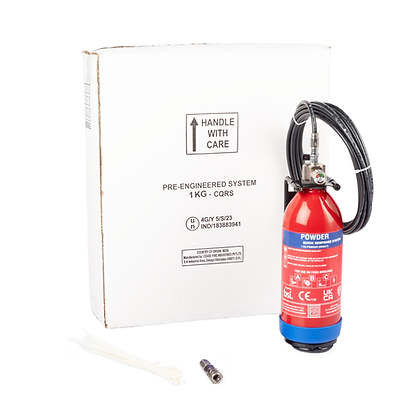
ex vat
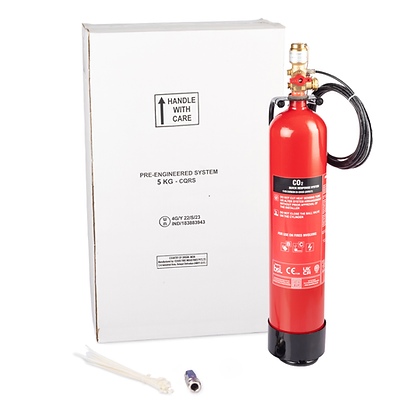
ex vat
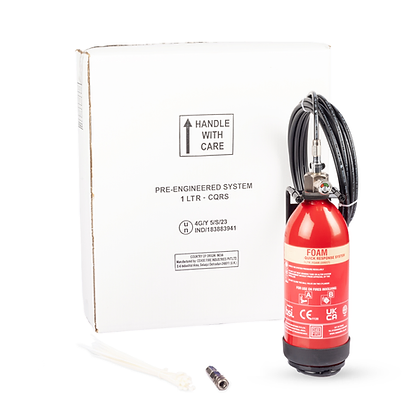
ex vat
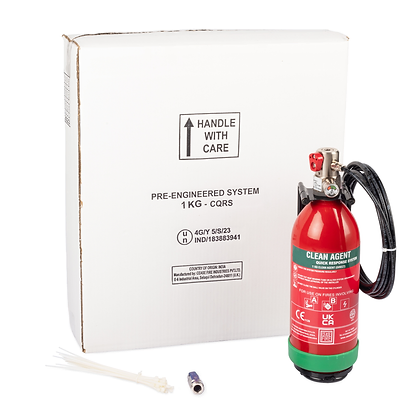
ex vat
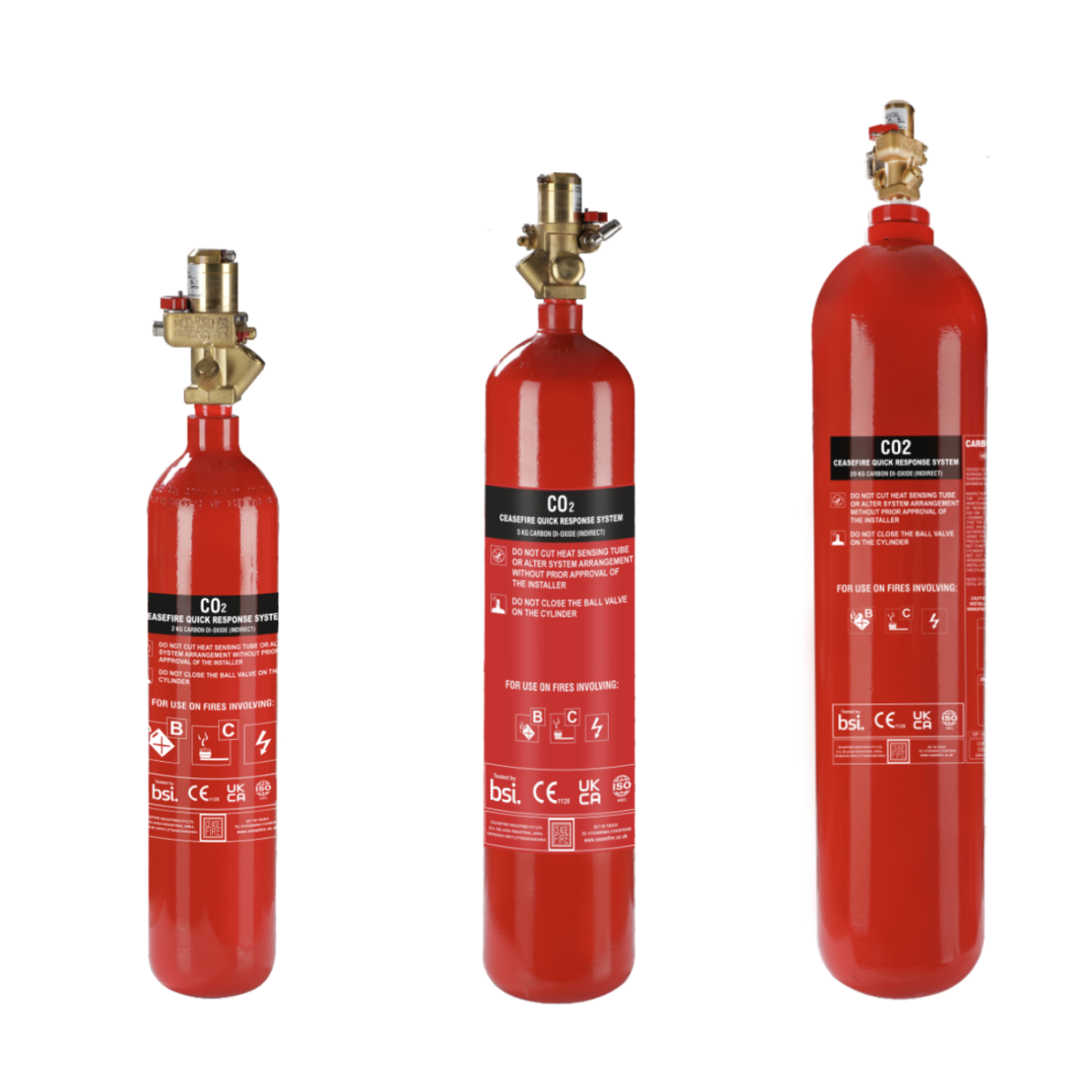
ex vat
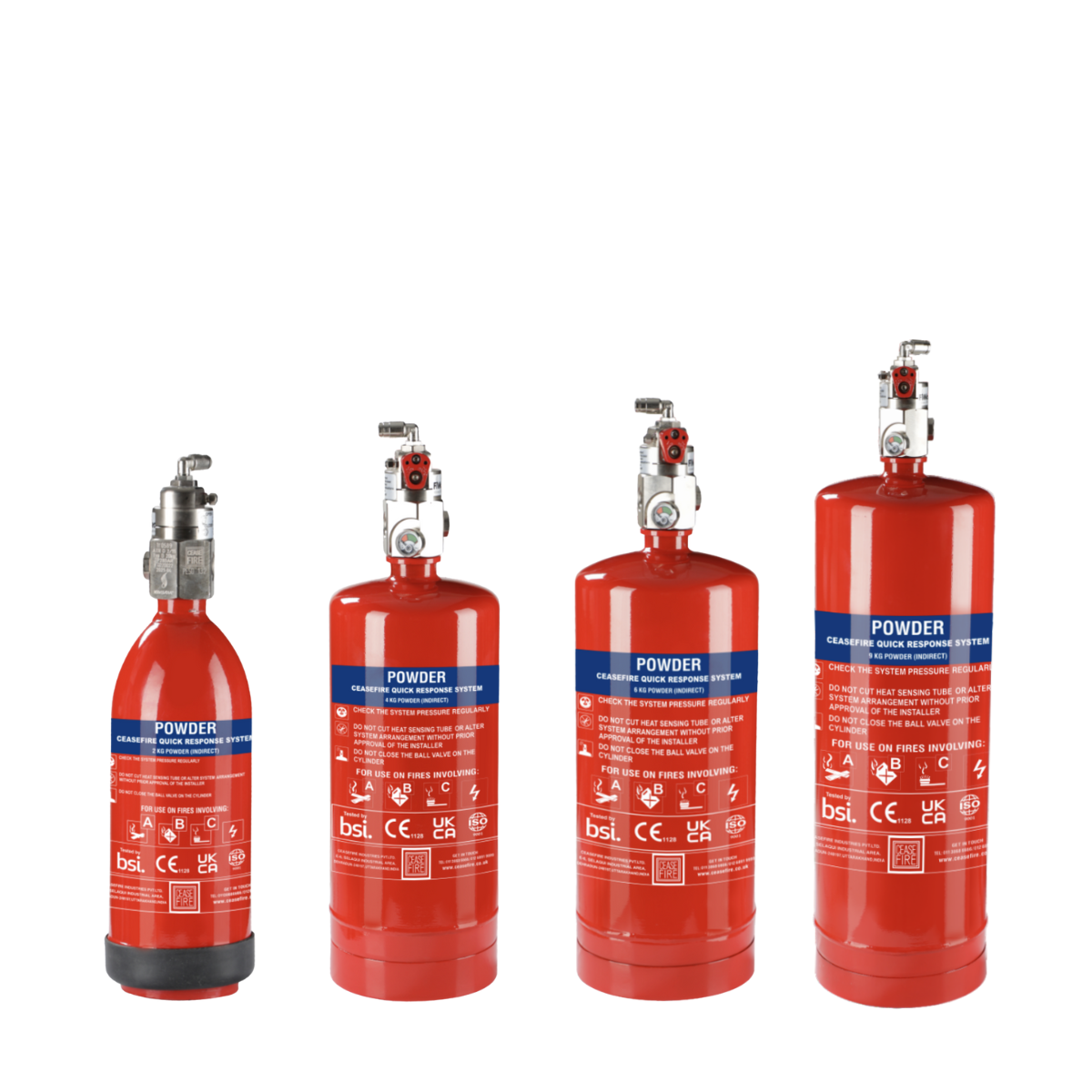
ex vat
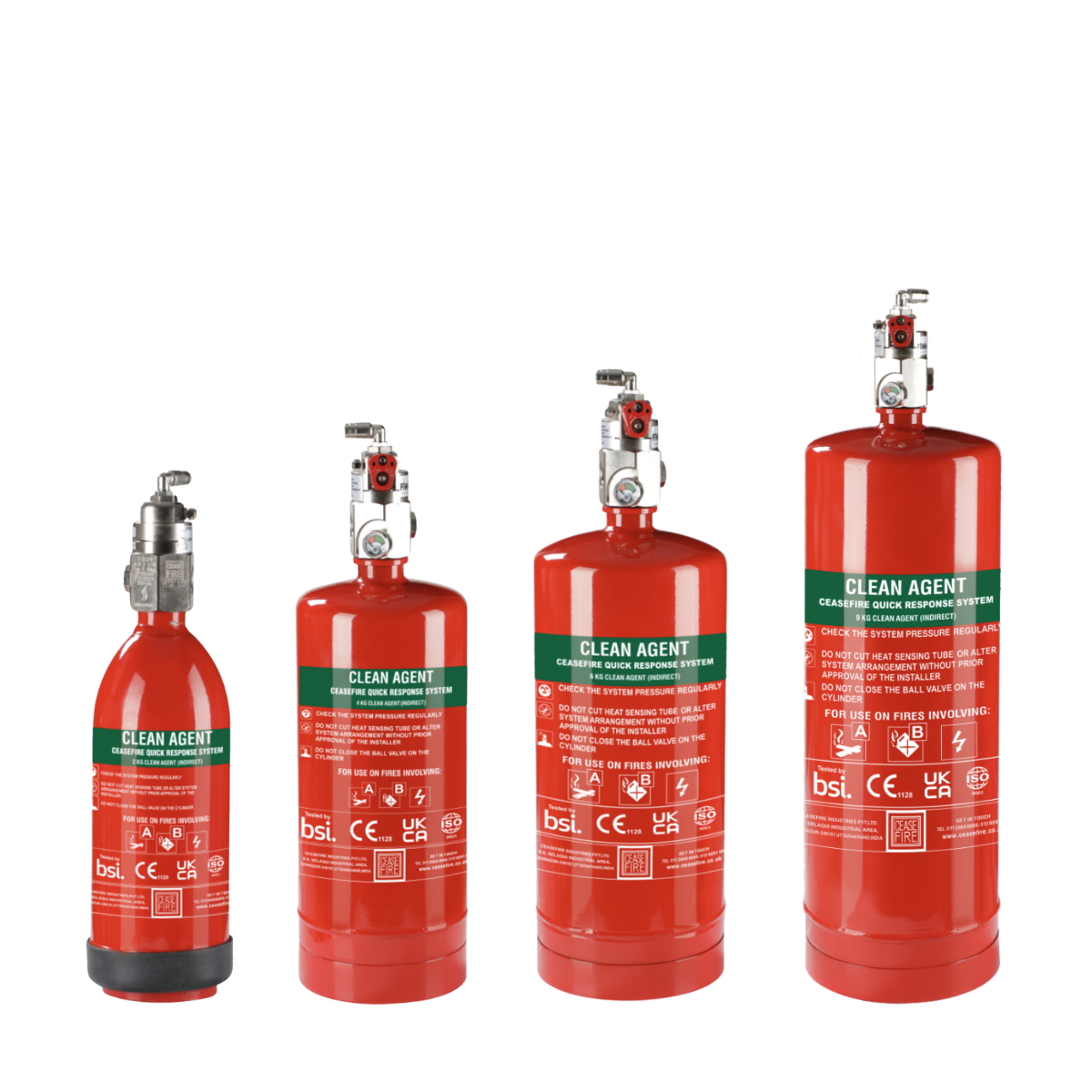
ex vat
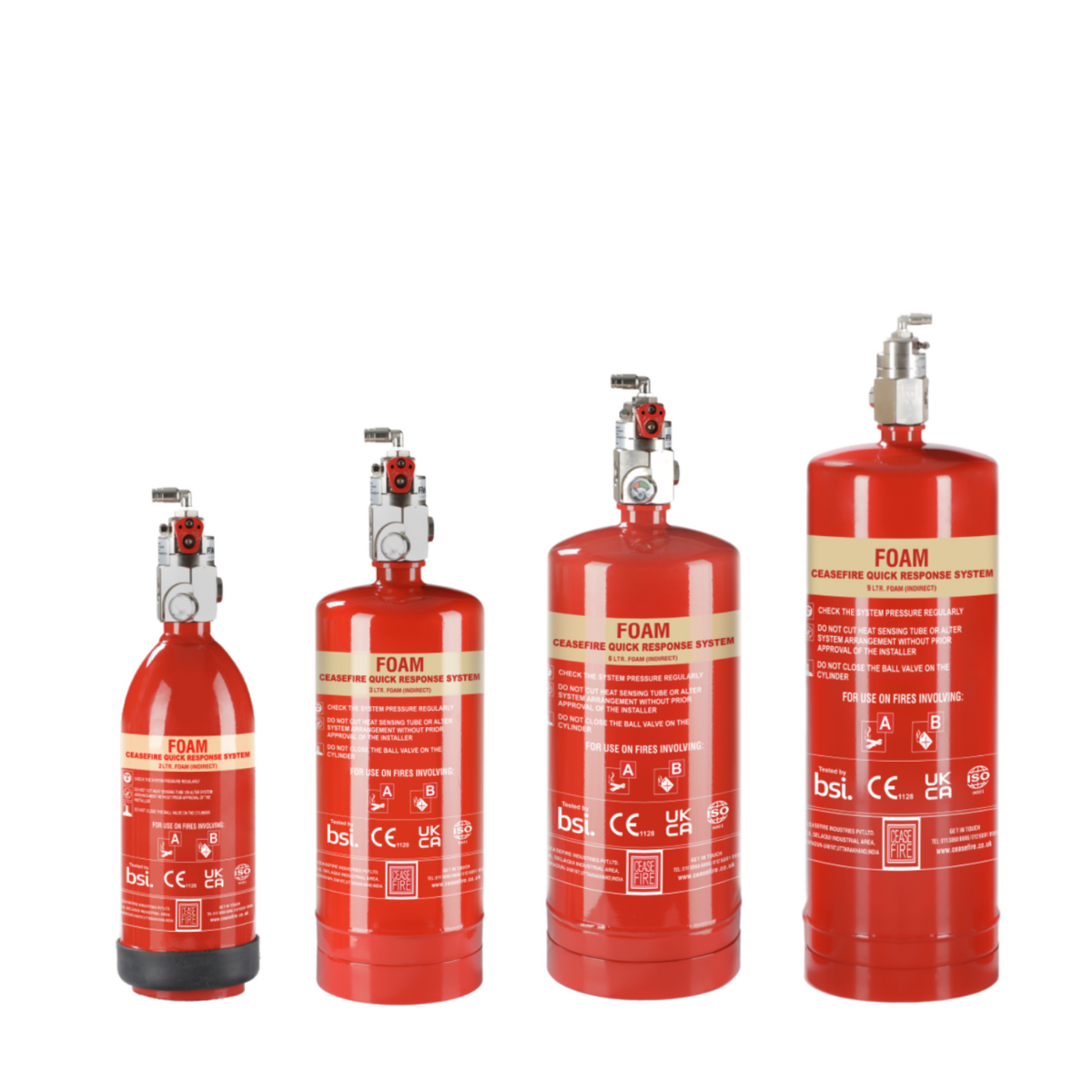
ex vat
We use cookies to enhance your site experience. Choose your preferences below.

